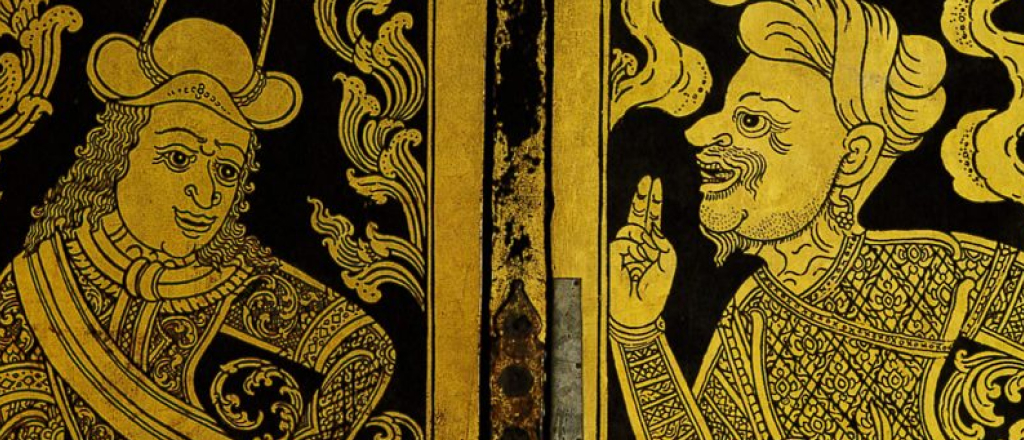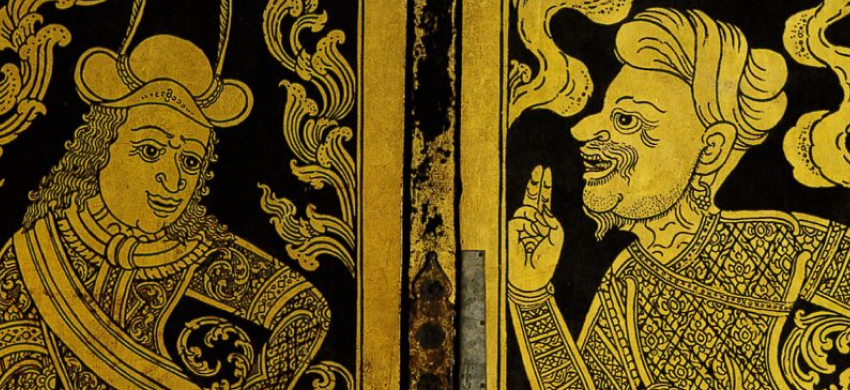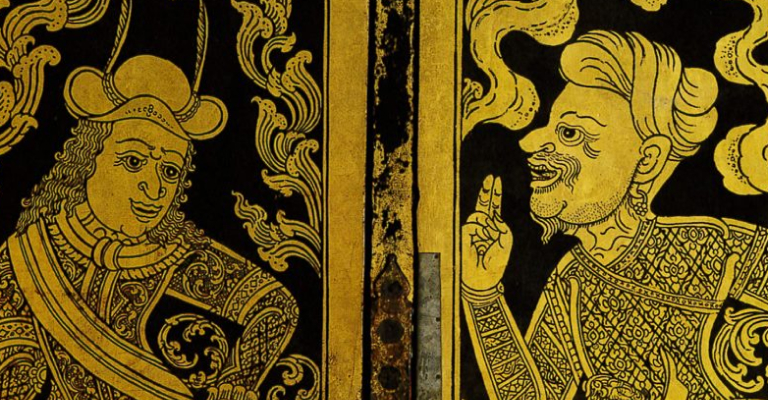HISTORICAL IMMERSION: YEAR 3 OR 4
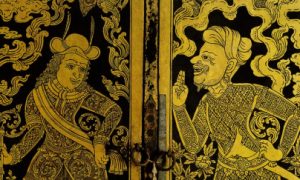
Historical Immersion courses investigate, study, and explore aspects of the past and pose the question of how we know what we know. This series of courses stands in contrast with the rest of the Common Curriculum, which ranges widely across space and time. Historical Immersion courses focus on a particular historical moment, event, or individual and allow students to dive deep into what was happening in the period being explored. Courses deal with topics such as the age of the Emperor Nero in ancient Rome, Zheng He’s voyages during the Ming Dynasty, the emergence of Tokyo as a modern city, geometry and the use of perspective in Renaissance art, and the life and writings of Friedrich Nietzsche. Ultimately, to study the past is to dialogue with it; and, in the process, one learns more not only about the past, but also about oneself.
Illustrative courses
The Genomics of Human History
This course explores the role of genomes in inferring human history and prehistory. Through secondary texts and primary literature, we will study what is known about human origins in Africa, East Asia, Europe, India, New World, and Oceania as inferred from contemporary and ancient genomes. We will learn how to analyse genomic data, make phylogenetic inferences of historical patterns, and how to apply phylogenetic methods to cultural traits such as inferring language trees from shared lexical cognates. Finally, we will explore how genomics impacts issues of health, sex, inequality, and identity.
The Age of Augustus
This course examines a watershed moment in Roman history: the fall of the republic and the emergence of a monarchy under the first emperor, Augustus. We assess the self-destructive civil wars that led to Augustus’ rise as warlord, and his consolidation of power over the Roman city-state and empire. Our investigation engages primary sources including archaeological and textual materials: public and private inscriptions, visual arts and architecture, and poetic and historiographical texts. These sources help us understand how Romans redefined their sense of society and history during Augustus’ reign, and how Augustus’ Roman Revolution might be relevant to a Singaporean sense of history.
Ming Imperial Voyages
From 1405 to 1433, the Ming admiral Zheng He (Cheng Ho) led seven extravagant expeditions to kingdoms in Southeast Asia and around the Indian Ocean world, going as far as the African continent. In this Historical Immersion course, we will examine the life of this eunuch‐admiral and explore the nature of his voyages. We will also study the policies and ambitions of Zheng He’s patron, the Emperor Yongle, and consider his lasting legacy today.
Geometry and the Emergence of Perspective
This course explores the role of geometry in the emergence of perspective drawing during the Italian Renaissance. Through in-depth comparisons of seminal treatises such as Euclid’s Elements and Leon Battista Alberti’s On Painting, students will rediscover the crucial ideas that motivated the development of (non-Euclidean) projective geometry in seventeenth century Europe. No prior knowledge of geometry or familiarity with advanced mathematics is required.
Narai: Siam’s Worldly King and the Revolution of 1688
Narai (r. 1656-1688) was a Buddhist king in a largely Buddhist kingdom. Yet, he was praised as open-minded: his chief advisors were Muslims and Christians, and he eagerly adopted European technologies and Islamicate dress. On his deathbed, however, he found himself besieged on all sides by foreign soldiers, ambitious officials, Catholic priests, and Buddhist mobs. Why was Narai so interested in foreigners? How did religion get tied up with politics? Can we distinguish a palace coup from a popular revolution? In this course, we consider the “early modern” roots of enduring conflicts over religion, race, revolution, and empire in Asia.
From Edo to Modern City: Tokyo
This course examines Tokyo’s transition from a pre-modern city called Edo to the modern city of Tokyo that we know today. It begins with a study of the unique mass culture of the Edo period (1603-1868), characterised by woodblock prints called “floating world pictures” (ukiyo-e), popular novels, and travel guides. Attention is given to three key historical events of signal importance to the city’s transformation: the Sino-Japanese war, the Russo-Japanese war, and the Meiji Restoration. We conclude with an examination of the Great Kanto Earthquake of 1923, and investigate how visual and literary works of cultural production facilitated the historicisation of this catastrophe and the city’s restoration process.
Nietzsche and his Times
In the 1880s, the German philosopher Friedrich Nietzsche proclaimed the death of God and called for a new life-affirming philosophy to combat the rise of nihilism. Nietzsche, one of the most provocative thinkers of his age, lived at a time of cultural tumult and intellectual transformation of ideas and ideologies that continue to shape our understanding of the world. The course offers a window into this period through a close engagement with Nietzsche’s writings, including his philosophical works, personal correspondence, and highly idiosyncratic autobiography, Ecce Homo.
Featured Teaching Faculty
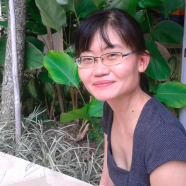


Scott Cook
Humanities (Chinese Studies and History)
Professor
Tan Chin Tuan Professor of Chinese Studies
Head of Studies, History
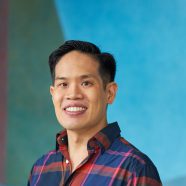
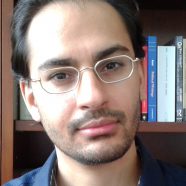
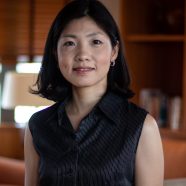
Nozomi Naoi
Humanities (Art History)
Associate Professor
J Y Pillay Fellow
Head of Studies, Arts & Humanities
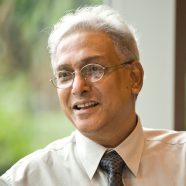
Contributing Faculty
- Clay Eaton
- Suresh Muthukumaran

